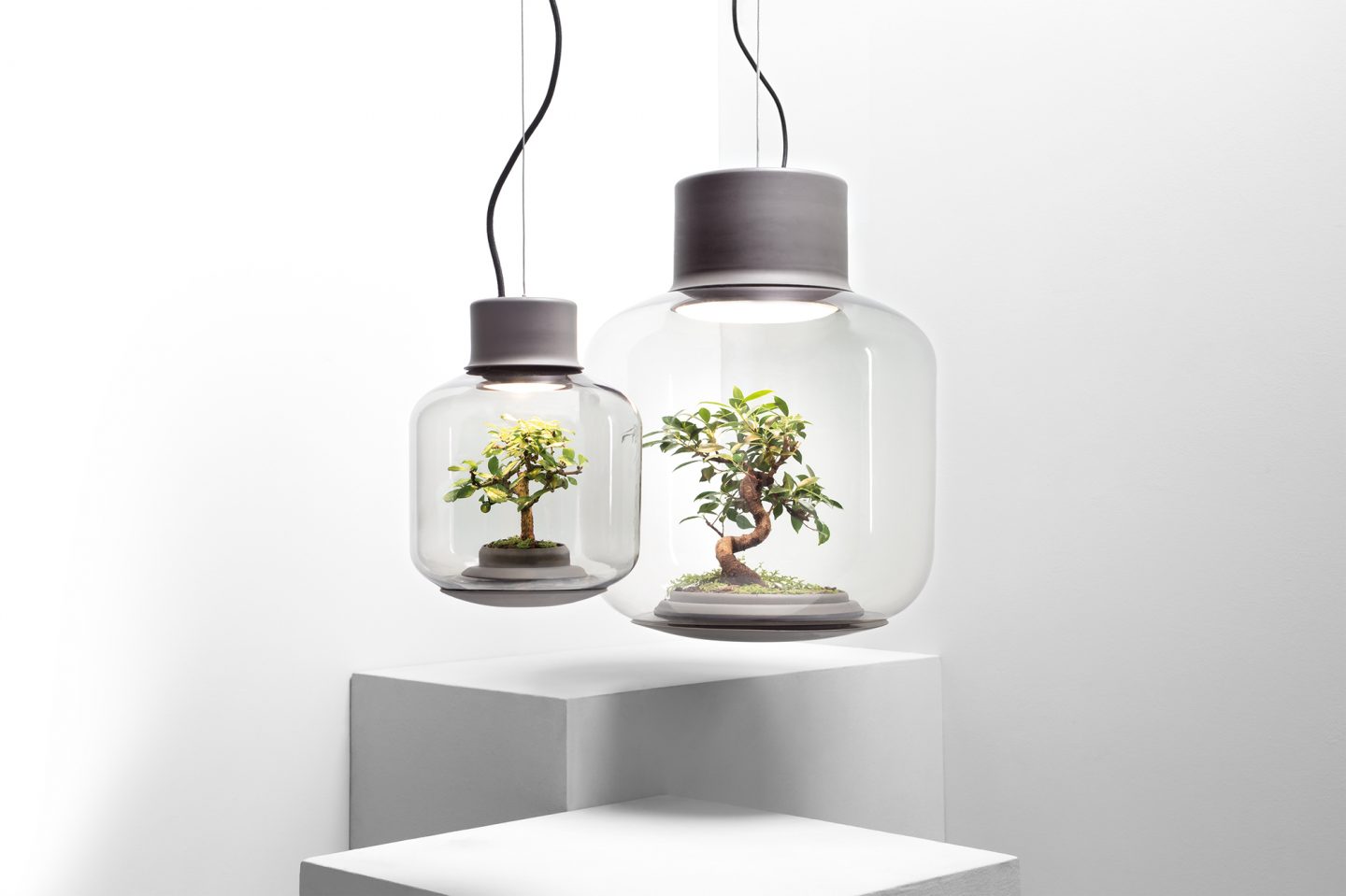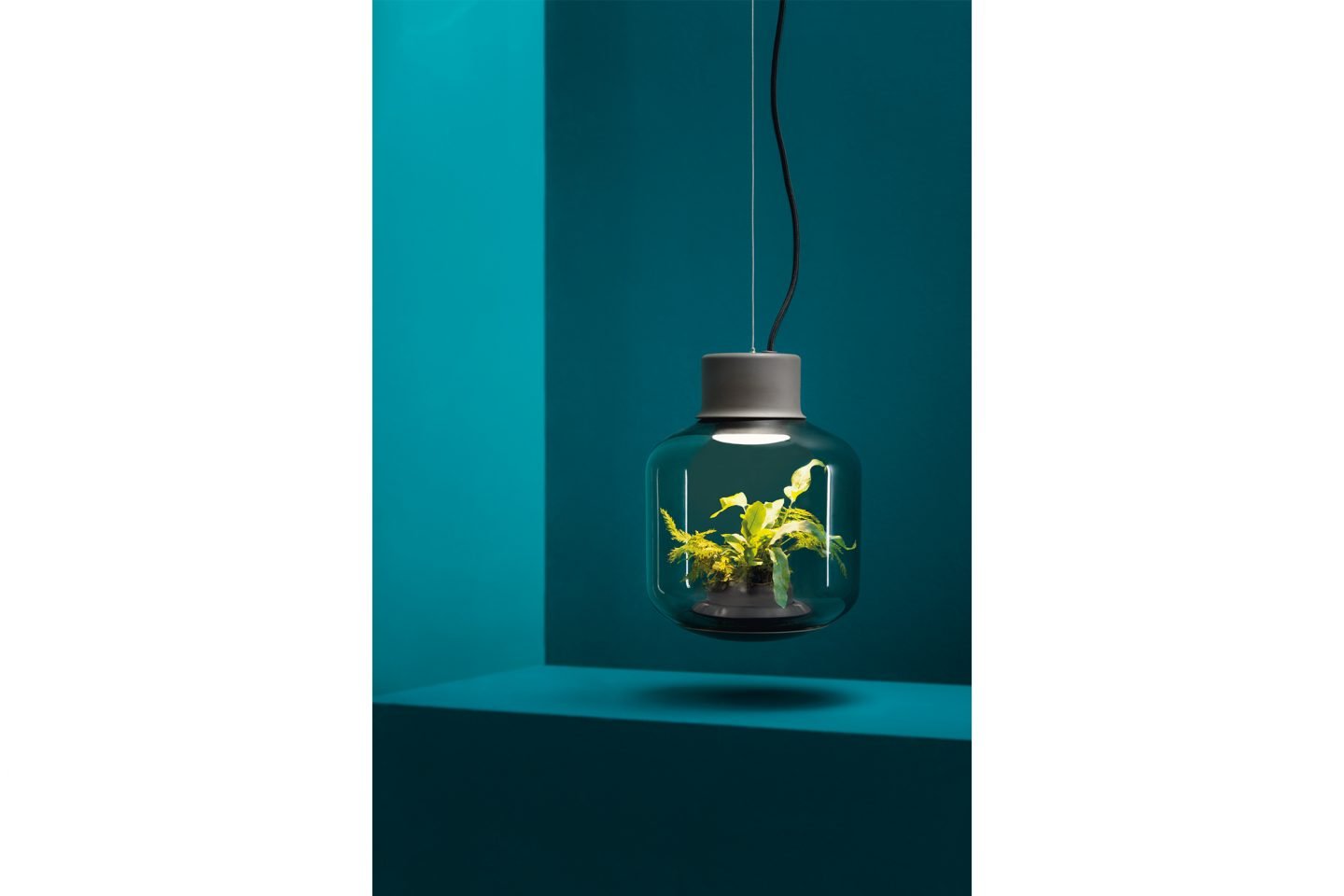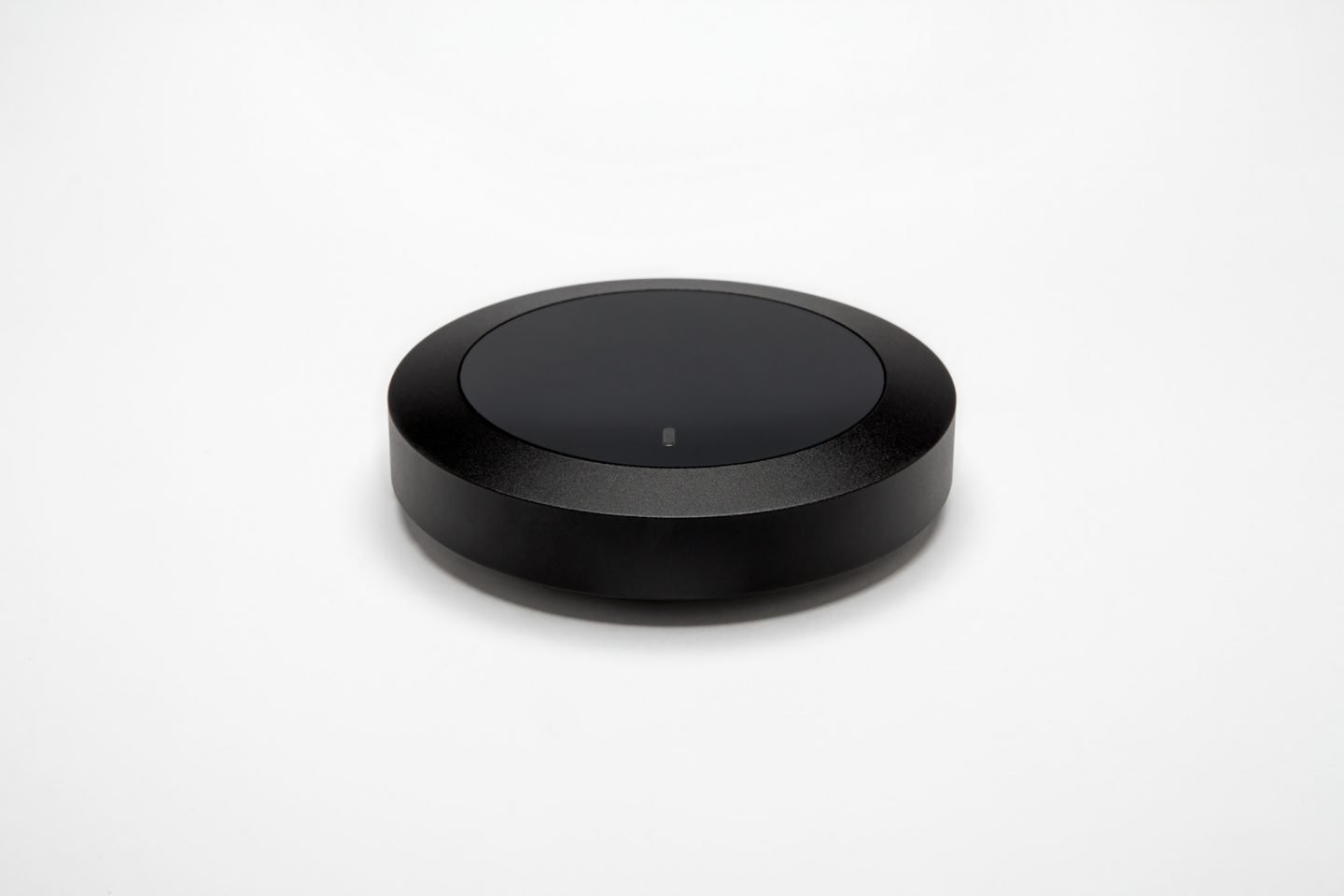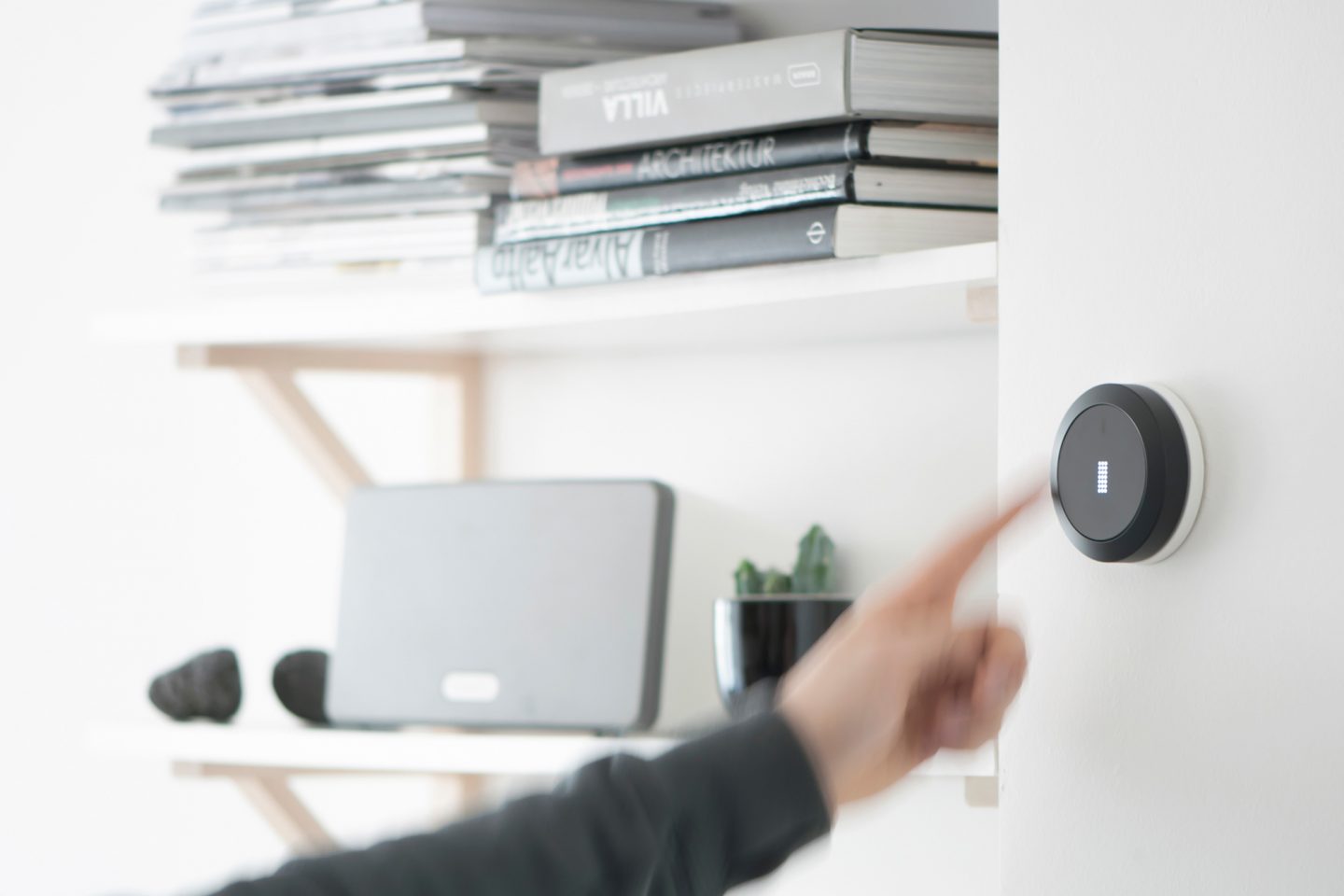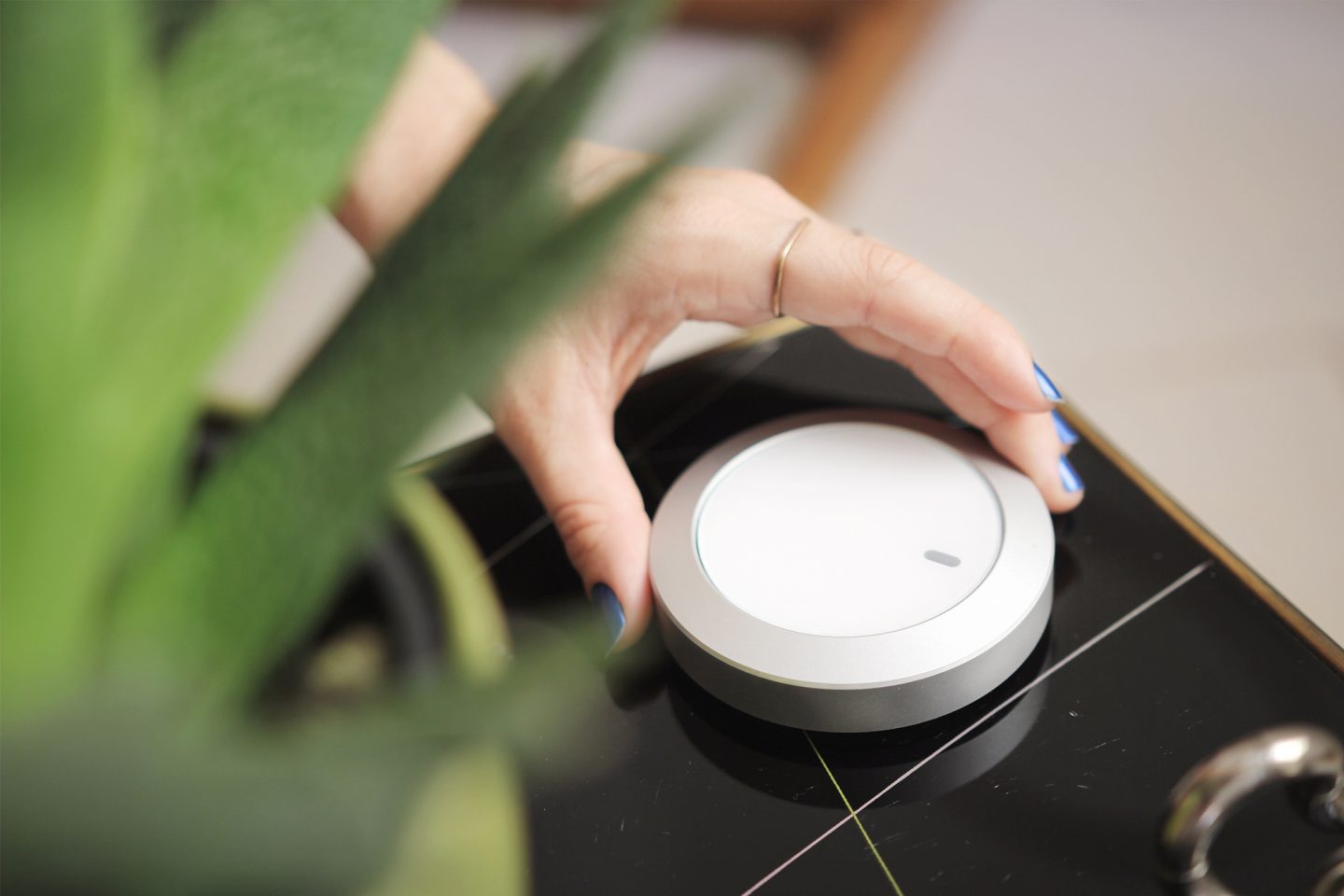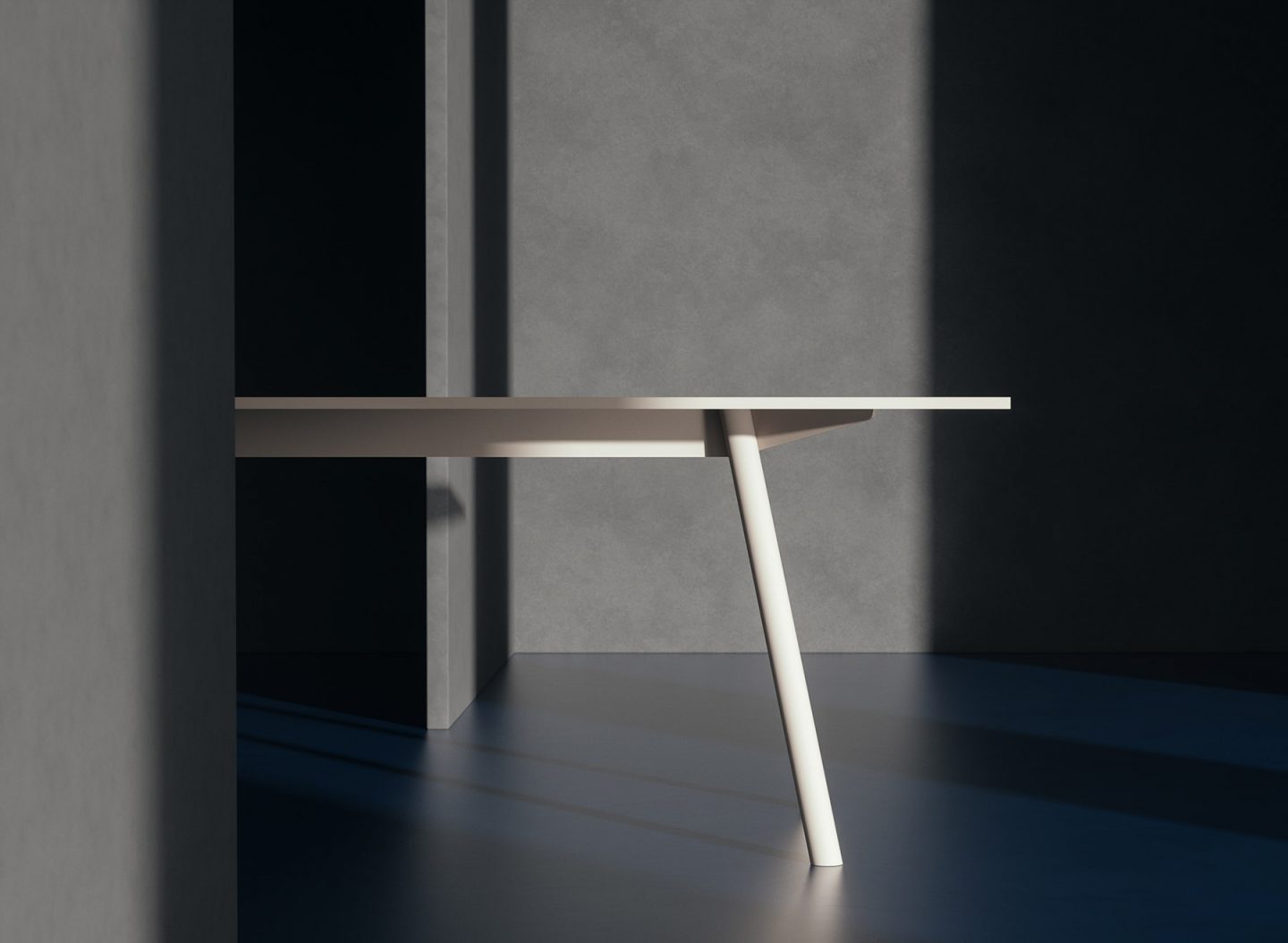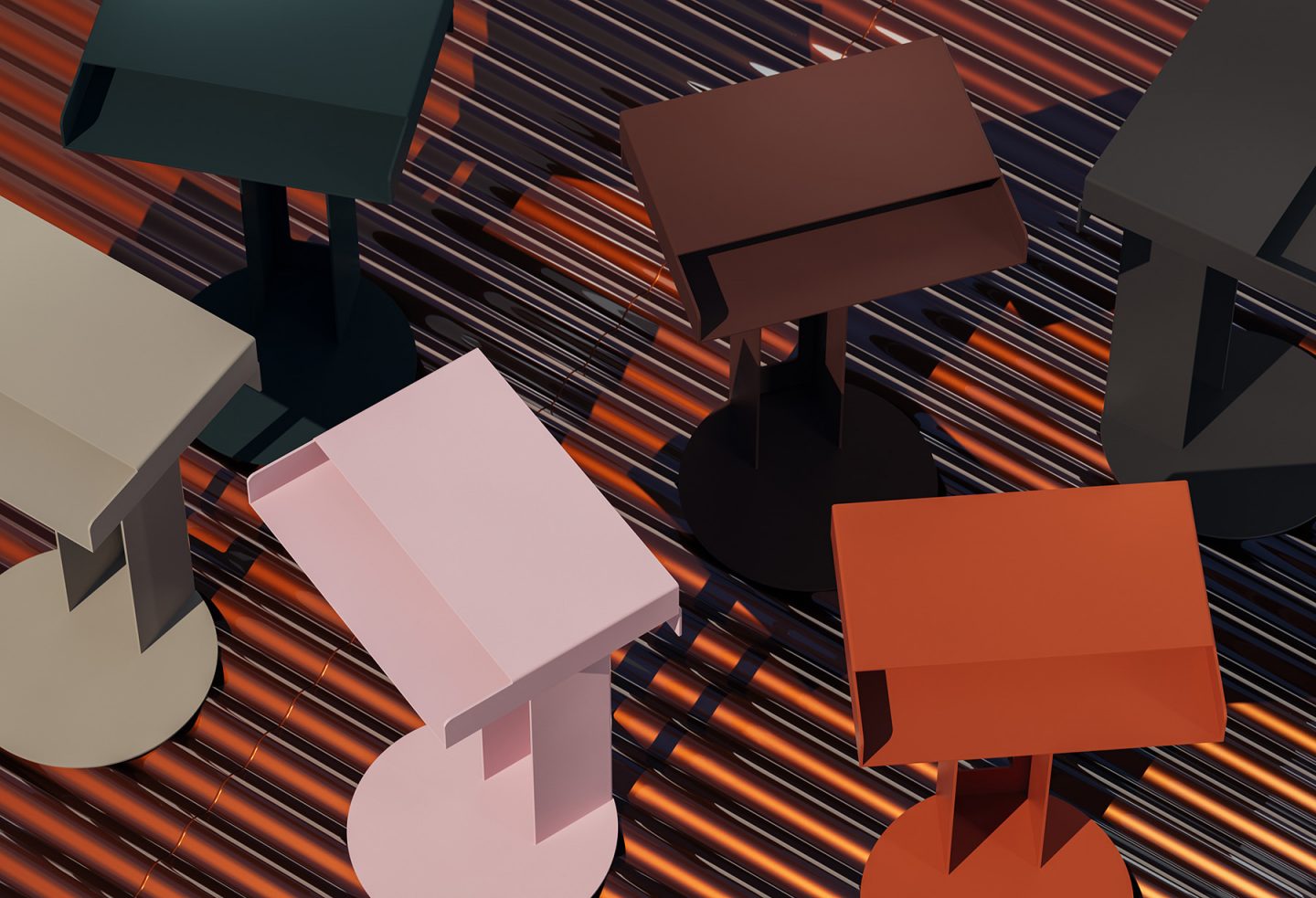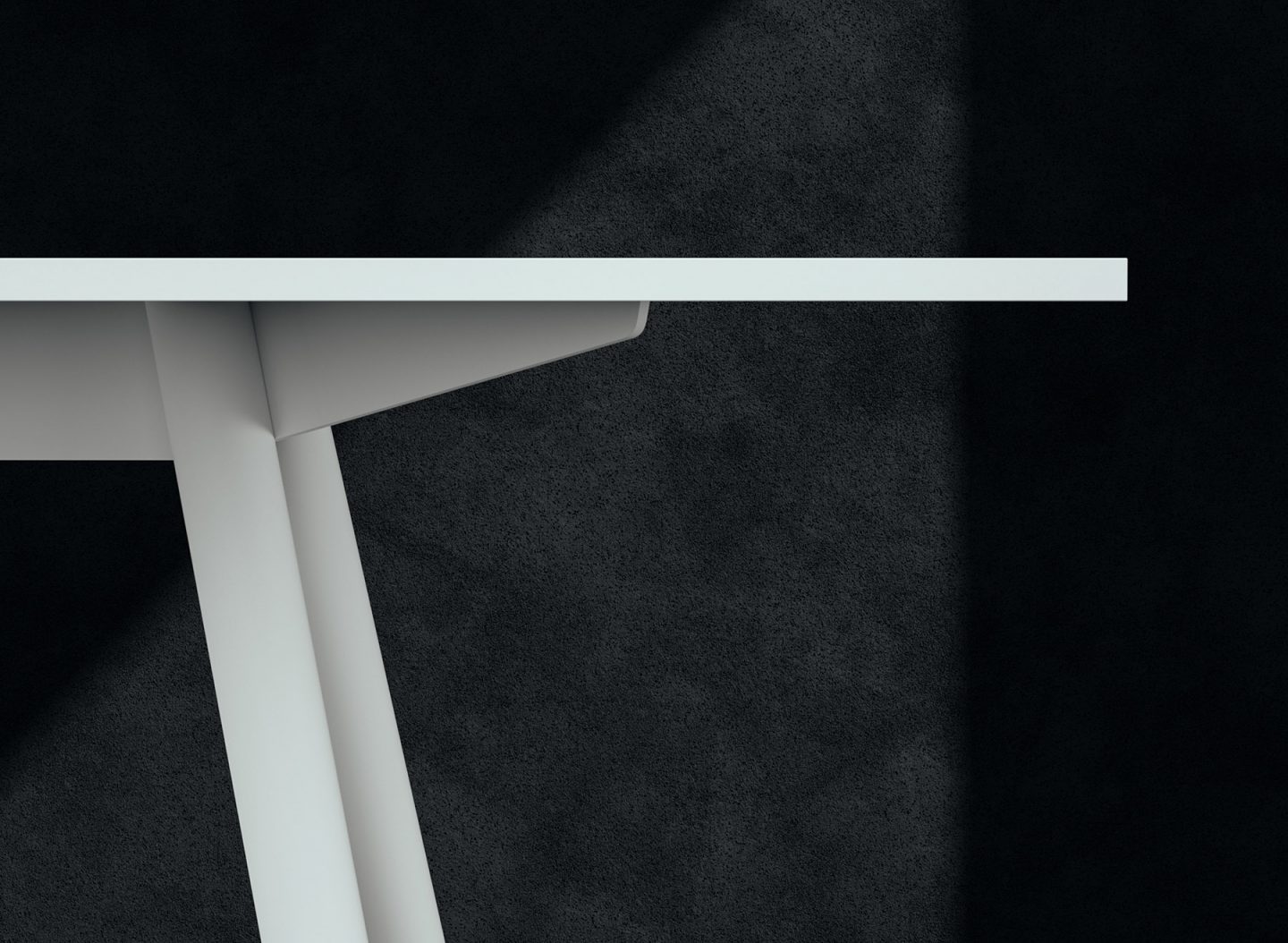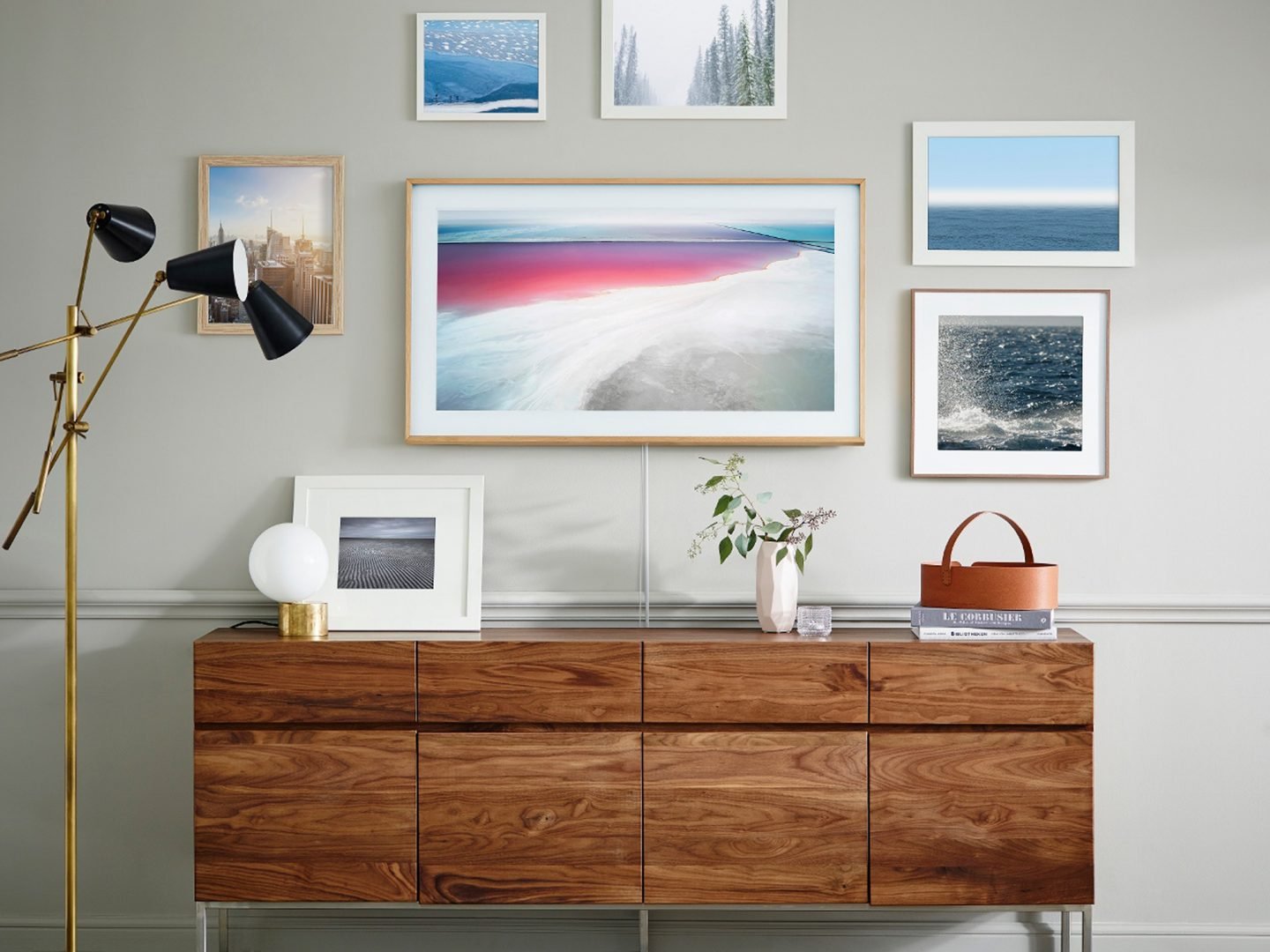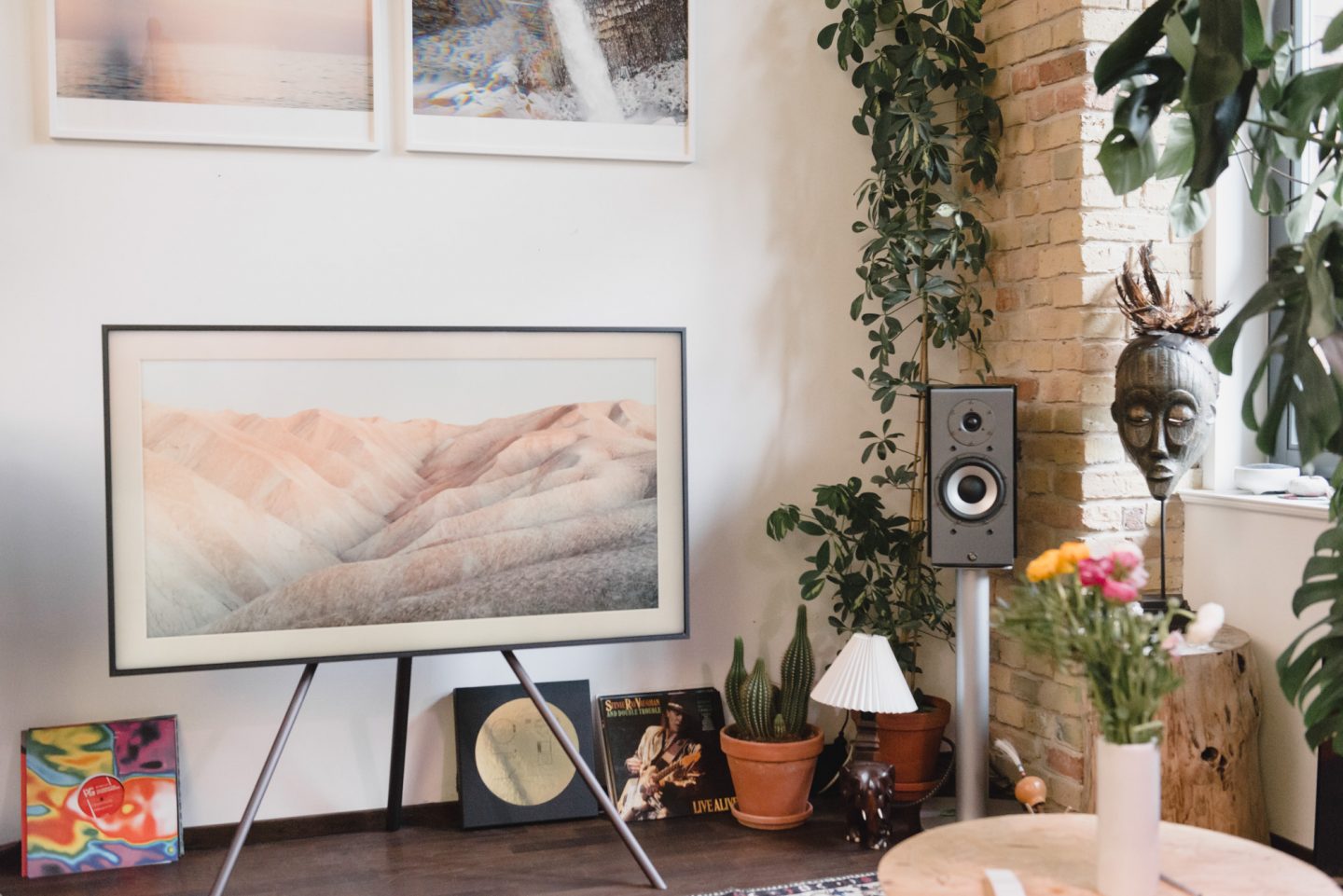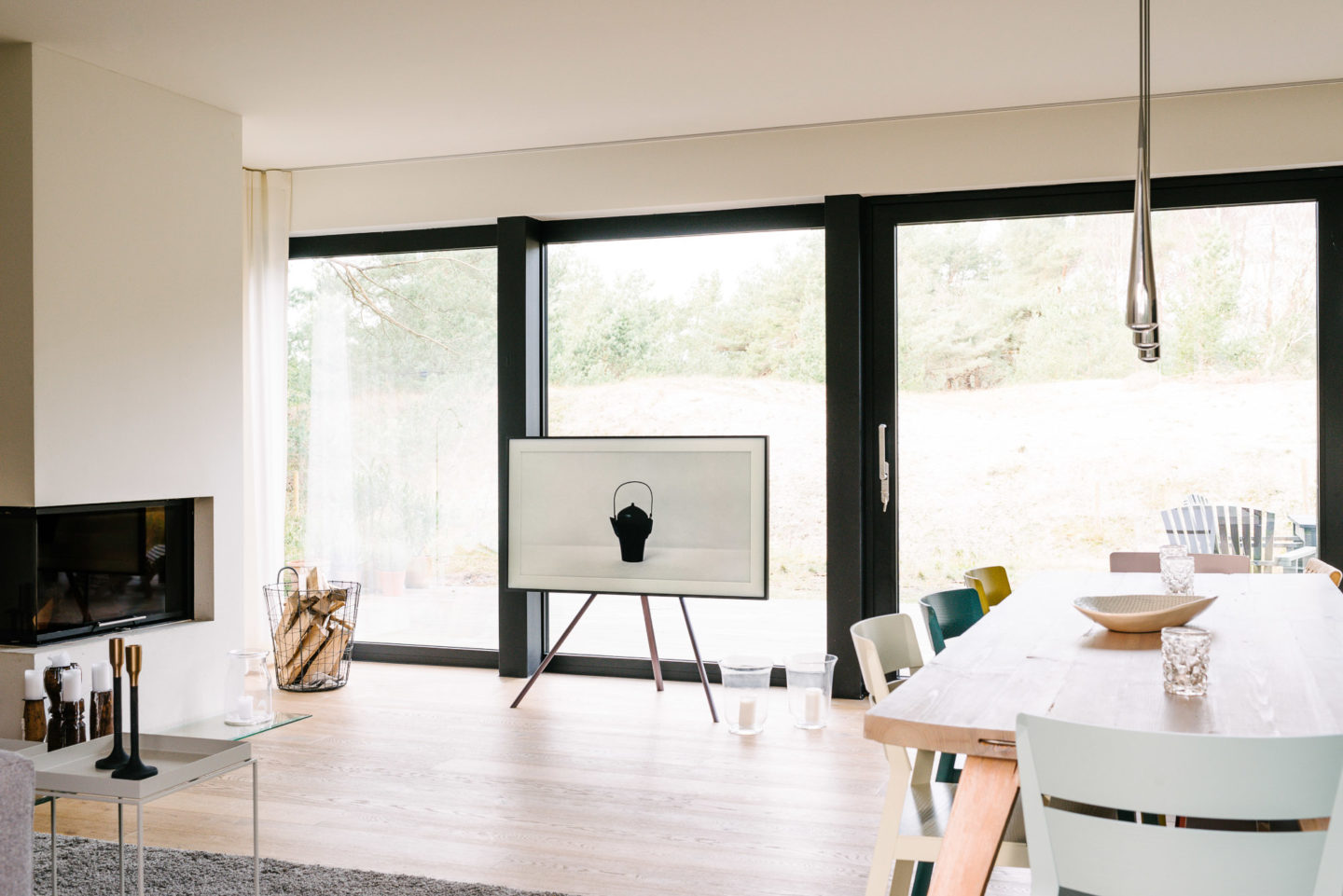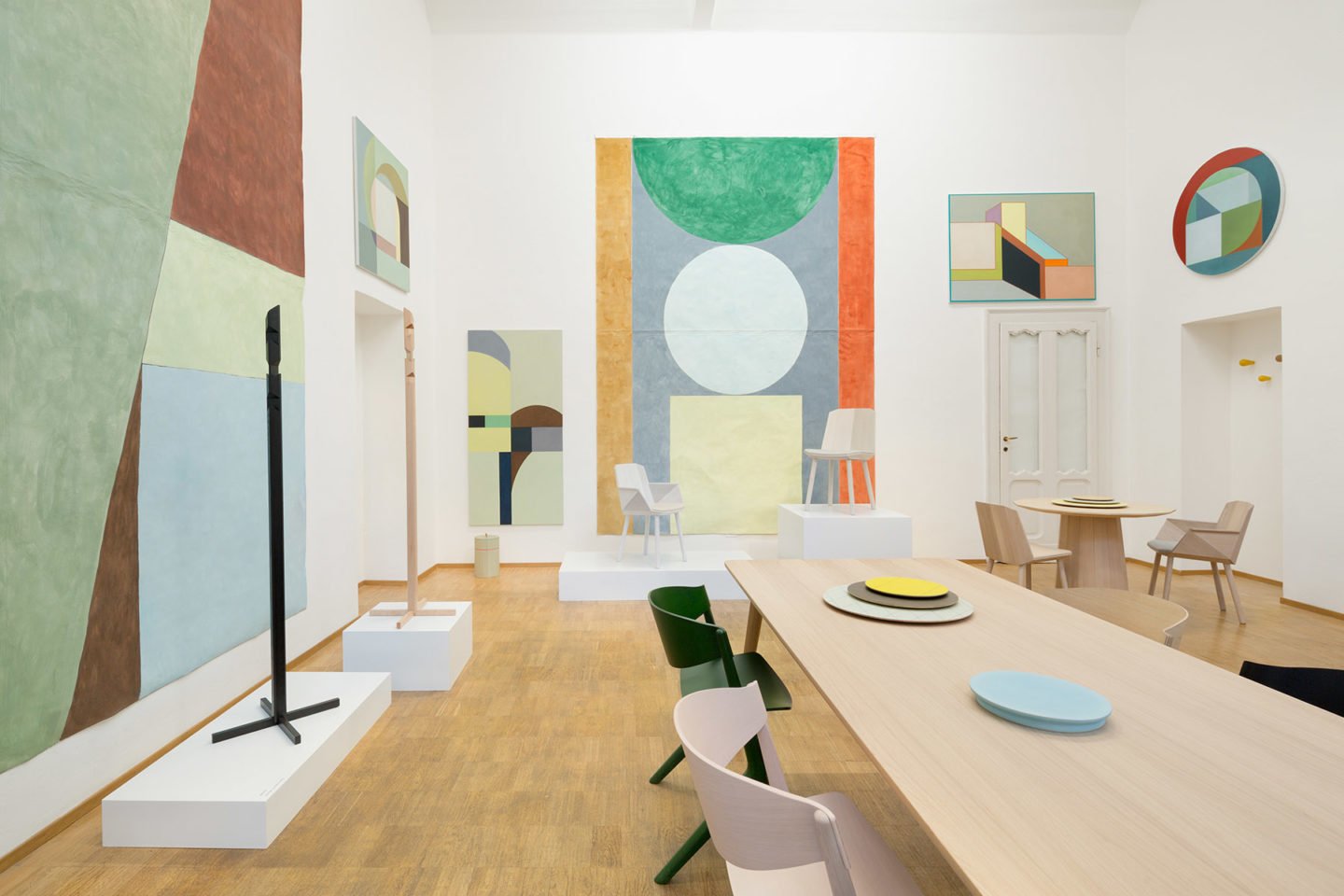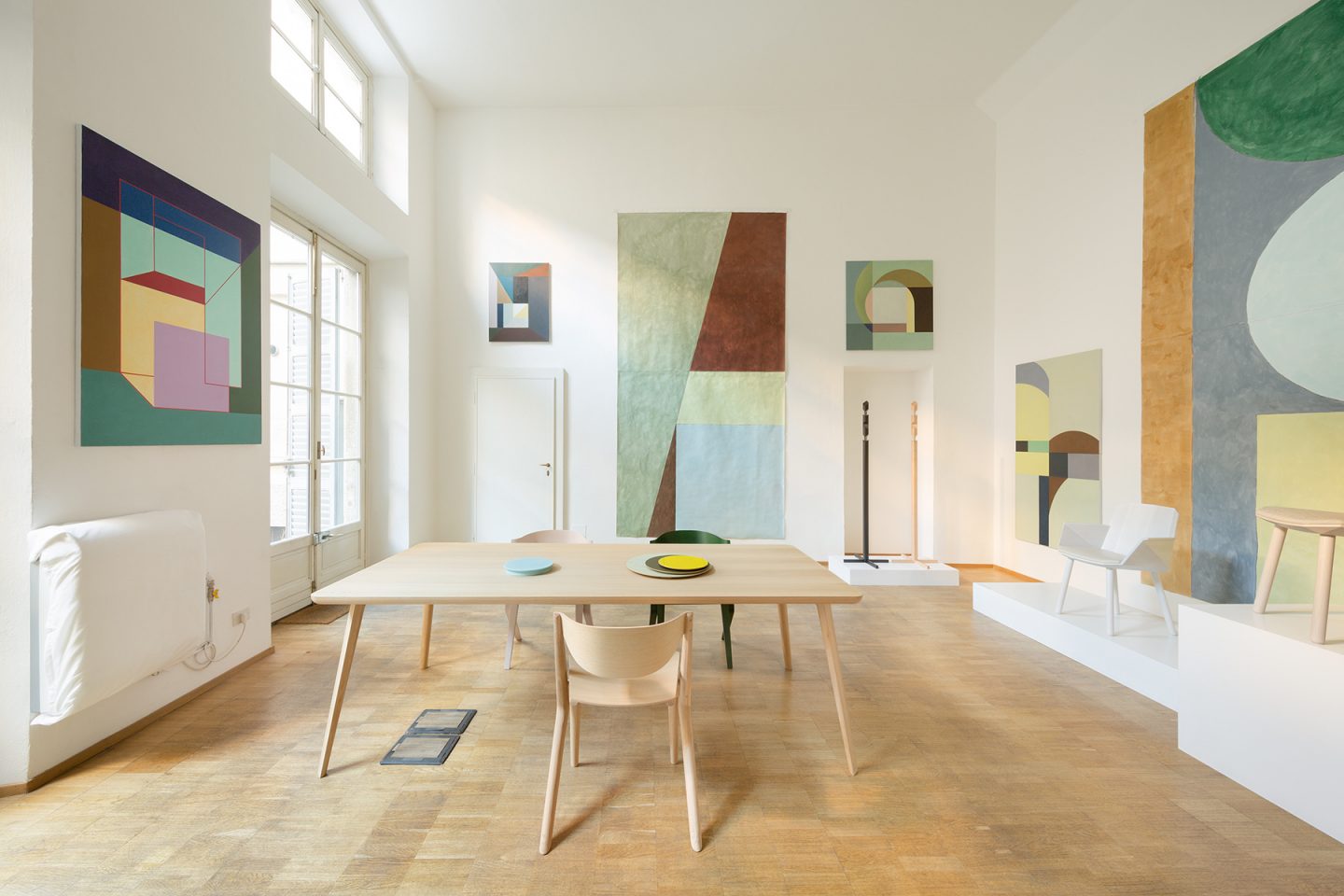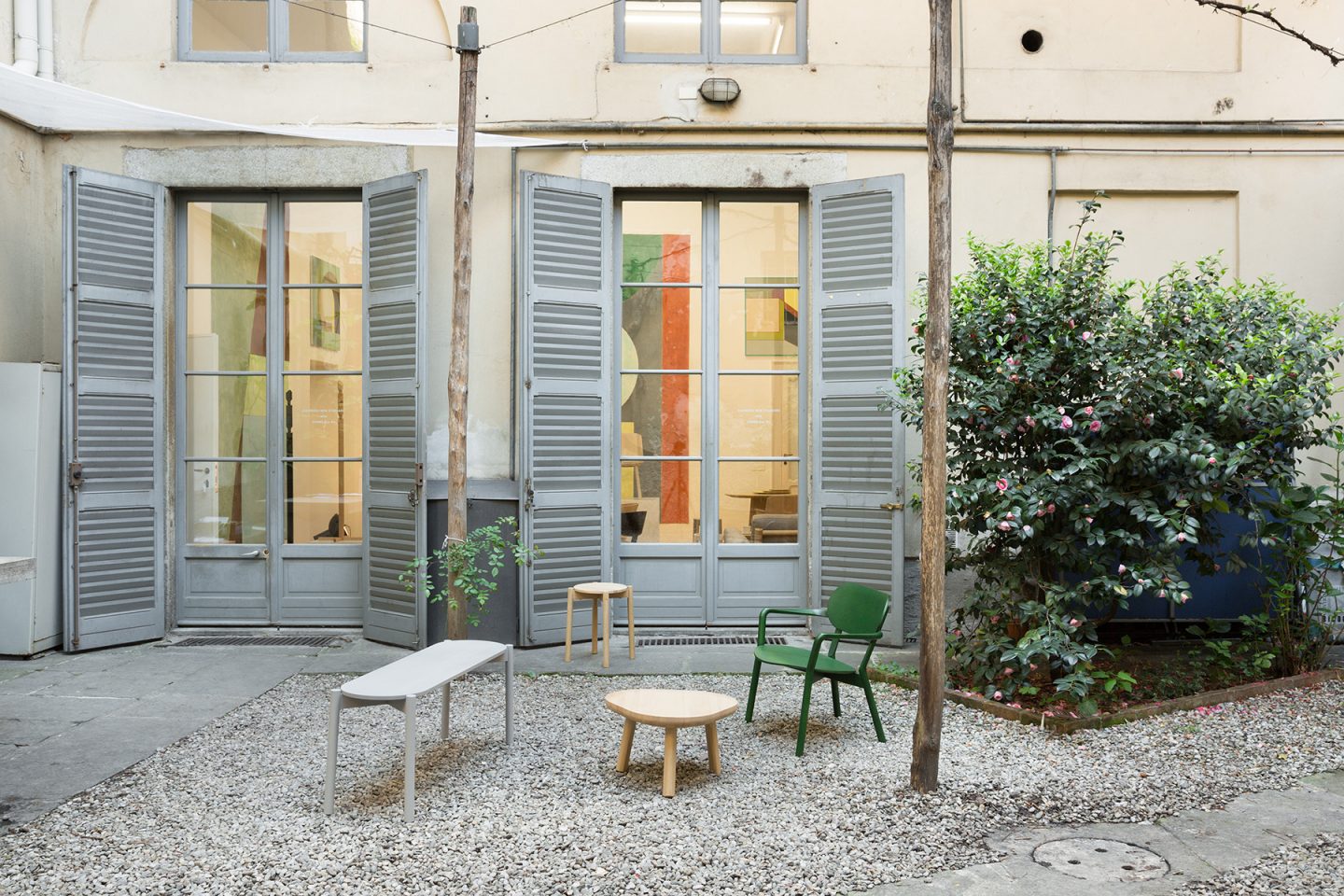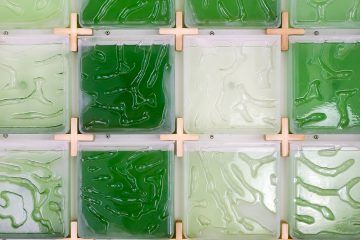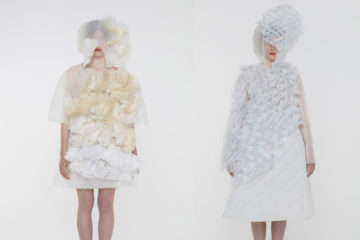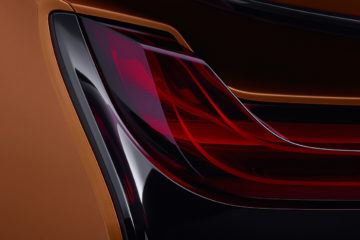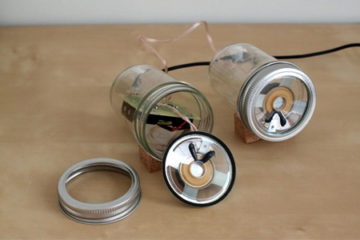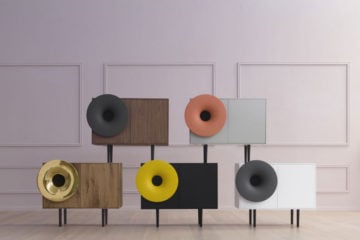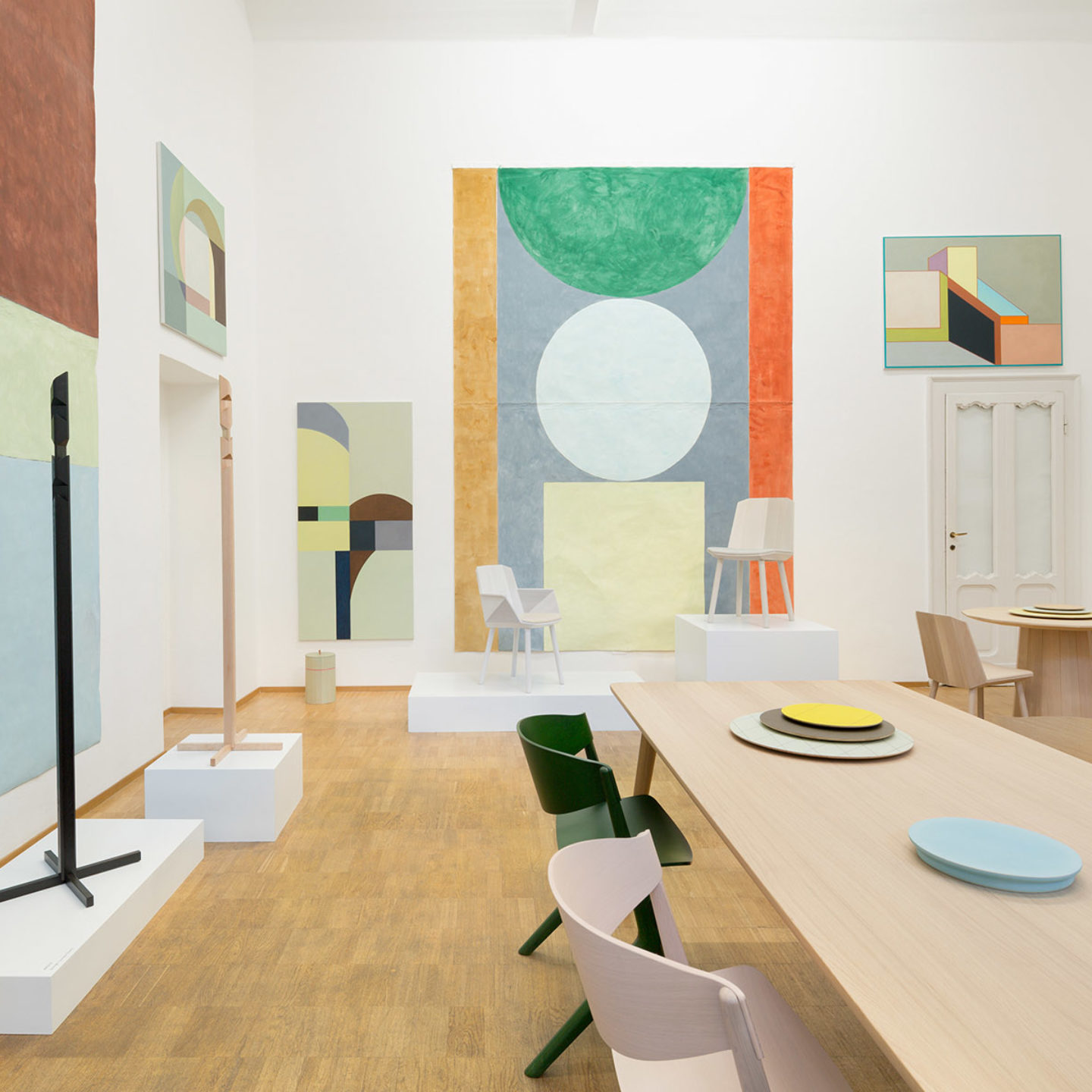
Design Solutions: Future Living Trends At IMM Cologne
- Name
- IMM Cologne
- Project
- Future Living Trends
- Words
- Rosie Flanagan
As the world becomes increasingly complex, we look to designers to simplify and streamline our lives. At IMM Cologne we visited a selection of forward-thinking exhibitors whose design work aesthetically deals with future problems in unexpected ways.
The future asks much of the design world — as technology advances, so too must our everyday objects. But in an increasingly connected world, we pine for disconnect — or at least, to lose the cords that connect our smartphone to the wall or our laptop to the speakers. Technology is too often clumsily integrated into object design; aesthetics the afterthought that follows function. What do we do when we buy a TV? We find a well-designed cabinet in which to hide it, or at least — we used to. At this year’s IMM Cologne analog interior design was presented as usual, but it was the pieces that dealt with future living in both a digital and natural sense that caught our eye.
_
Nui Studios
Pure Architects, an area dedicated to innovative living and design, premiered at this year’s IMM Cologne. In an exhibition house constructed there, titled appropriately ‘Let’s Be Smart’, future-esque design abounded. Showing here were German designers, Nui Studio, whose Mygdal Plantlight blends nature, technology and the Bohemian glass-blowing tradition of their home country. This piece, as its name implies, is both a light and a plant. The hand-blown glass orbs are hermetically sealed, creating a vibrant ecosystem that recycles its own water via humidity. The plants inside are real, their lifecycle enabled by LED lights developed with experts to allow photosynthesis for growth, and enough warmth for the loop of life to continue inside the globe. The lighting is controlled via an app — which means that you can care for your plant from a distance by turning the light on and off, or time it to brighten at the moment you would like to wake up.
‘Mygdal Plantlight’ by Nui Studio
_
Senic
This aestheticizing of technology was evident in the work of young Berlin hardware/software start-up Senic, whose award-winning smart controller Nuimo was designed with formal elements weighted equally to their tech counterparts. Nuimo is a controller that gives you instant access to devices around the home through a simple interface that responds to gestural touches — with this device you can manage your lighting, sound, doors, and heating. Nuimo’s intelligence comes from the way it rethinks connectivity — getting users off their phones and tablets now doesn’t have to correlate to a low-tech lifestyle. Co-founder Felix explains that design to Senic is about utilizing technology in a human way to create better, and more interesting, futures.
‘Nuimo’ by Senic
_
New Tendency
New Tendency is a studio whose increasingly iconic design pieces are defining a new age of furniture. The work of the famed Berlin-based designers on show at IMM was as clever and aesthetically intriguing as ever; looking to the future via digital integration and a focus on the quality and staying power of locally designed and made furniture. Their recent project, ‘Mark II’ of the ‘Masa Table System’, sat at the center of the booth — its clean lines and light-grey finish offset by four subtle Xs, one in each corner. These Xs marked literal spots — induction charging points for your electronic devices. Both functional and conceptual, the responsive nature of this table system continues New Tendency’s history of design works that move beyond short-lived trends.
‘Masa Table’, ‘Mark II’, ‘Meta Side Table’ by New Tendecy
_
Samsung Frame TV
Hung inside the house of speculative futures was The Frame TV by Samsung, an object that synthesizes design and technology. After you’re done watching television, you can switch The Frame TV to ‘Art Mode’, and its edge-lit LCD screen will display a work of art — selected from either the 500+ artists in the Samsung Art Store — a curated collection that includes work from SAATCHI and Magnum Photos — or from your own collection. The lighting of the screen will alter as the lighting in its surroundings does, dimming or brightening accordingly; and its motion sensor will turn the entire television off, unless, of course, someone is close by to look at it. With a frame that allows it to be wall-mounted seamlessly, this television brings minimalism to the fore, marking a change in the way we integrate technology into our homes and interiors.
‘The Frame TV’ by Samsung
_
Karimoku New Standard
Under the direction of Swiss-born, Tokyo-based creative director David Glaettli, in 2009 Japanese furniture brand Karimoku launched ‘New Standard’. A growing collection of innovative, joyful and functional objects that are forward-thinking in not only in practical terms but ecologically as well. Aiming to preserve and revitalize the Japanese forests that have suffered major degradation at the hand of industry logging, all of Karimoku New Standard’s furniture is created from sustainably sourced wood. Namely, low-diameter Japanese hardwoods — maple, chestnut, and oak — that are commonly discarded during logging, or later pulped into paper. Whilst technology is undoubtedly a huge part of our future; forward-thinking companies are also those whose work considers waste, impact and the carbon footprint that their work brings. Karimoku New Standard pieces are designed to bring lasting joy — for longer than the trees they were made from.
‘Angle’ Coat Rack, ‘Clock Bin’, ‘Colour Wood Side Chair’, ‘Scout Chair’, ‘Colour Wood Table’, ‘Castor Dining Bench’, ‘Castor Stool’, ‘Castor Low Chair’, ‘Soft Triangle’ et al, by Karimoku New Standard.
_
